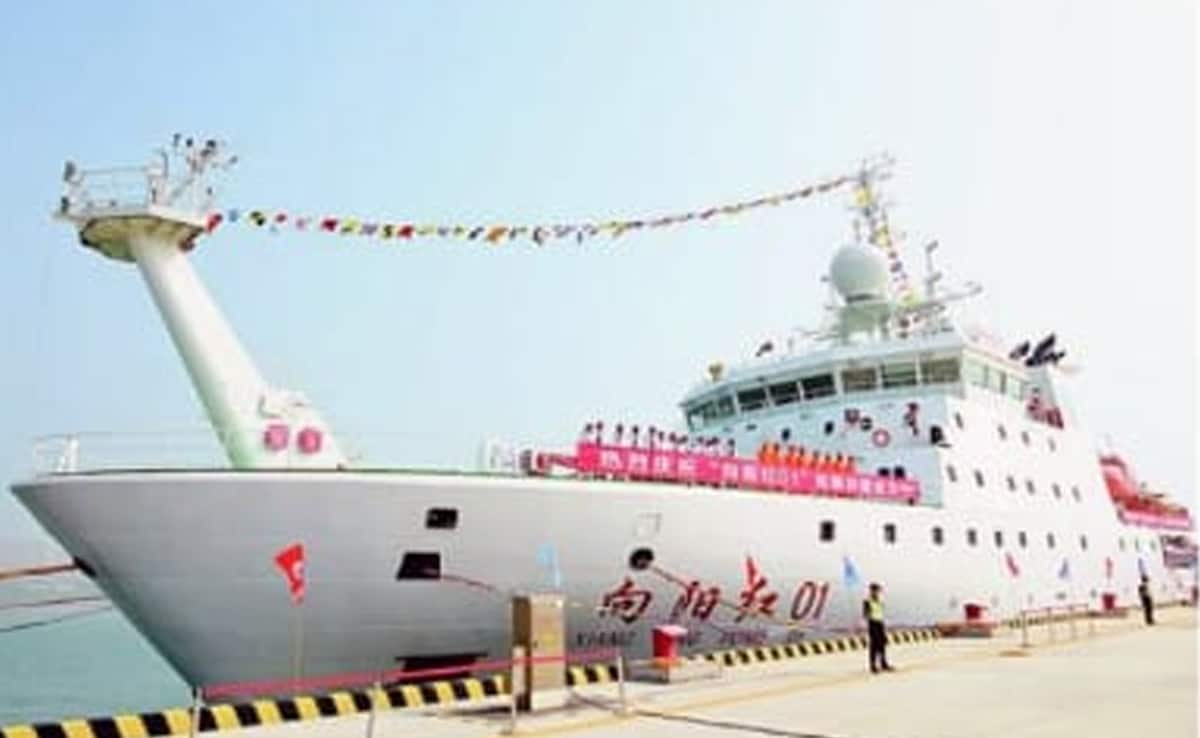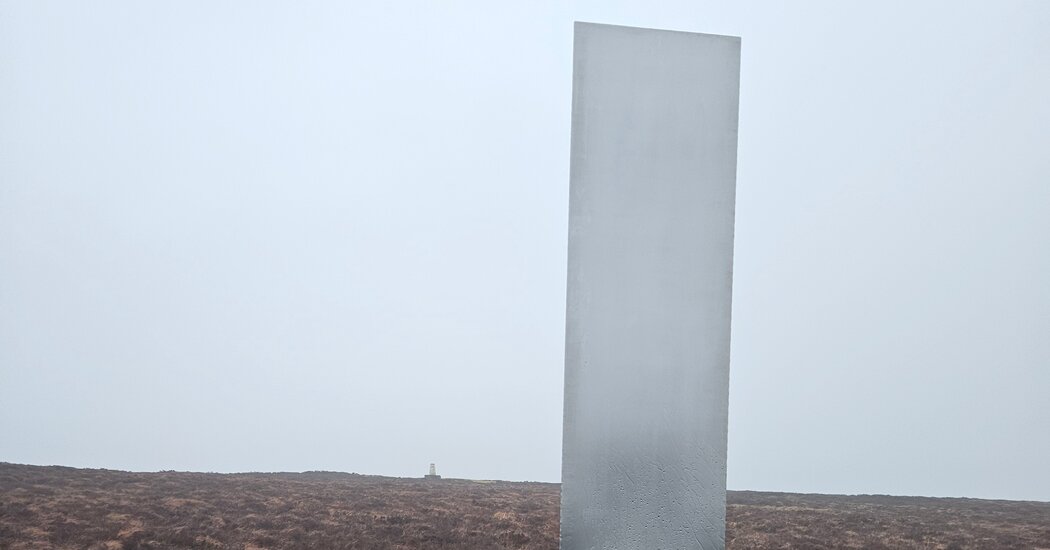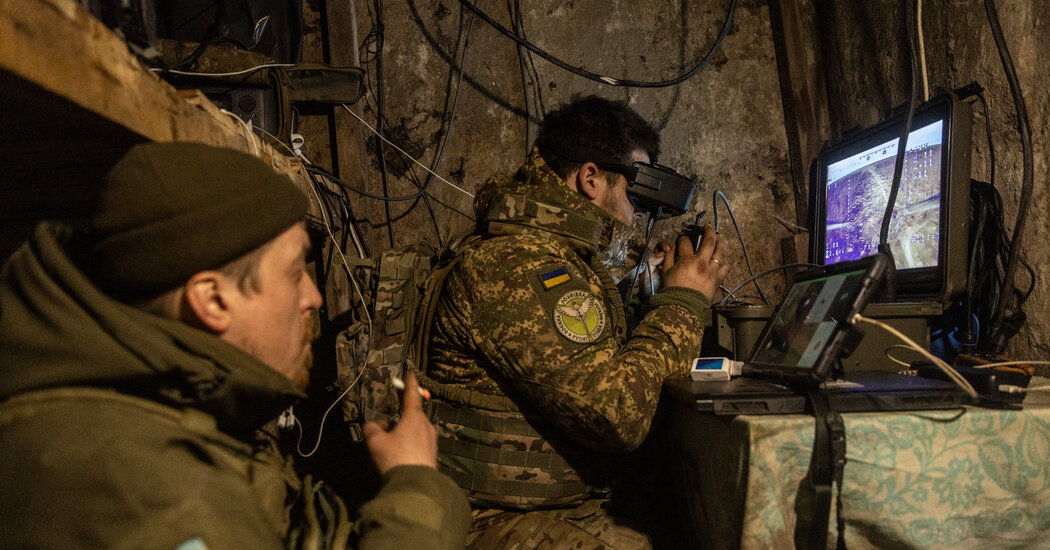[ad_1]

The Chinese ship is about 100 metres long and has advanced remote sensing equipment
New Delhi:
Within days of India issuing an alert for an impending missile test off the Odisha coast, a Chinese research vessel has raced up India’s eastern seaboard and is currently anchored in international waters off the Indian coastline.
This test – of the Agni-5 missile which has Multiple Independently Targetable Re-entry Vehicle (MIRV) technology – took place successfully on Monday. Prime Minister Narendra Modi confirmed the successful test with a post on X (formerly Twitter).
The Chinese ship, Xian Yang Hong 01, is now less than 260 nautical miles – about 480 kilometres – off the coast of Visakhapatnam. Incidentally, that’s where India bases its three nuclear-powered ballistic missile submarines, arguably the most sensitive weapons systems in India’s arsenal.
There were reports the missile India was planning was the K-4, a nuclear capable missile designed to be launched by submarines. The missile was designed by the Defence Research Development Organisation (DRDO) and is capable of carrying warheads weighing up to 2 tonnes.
Ahead of the test a NOTAM alert was issued last week. NOTAM, meaning notice to airmen, are alerts issued to designate an area as a no-fly zone. The alert was for the Bay of Bengal area, which was seen as a clear indication India is planning a missile test that may take place anytime between March 11 and 16. This no-fly zone earmarked in the NOTAM alert spans 3,500 kilometres, well into the south of the Bay of Bengal.
China has been monitoring India’s activities, including missile tests off the eastern seaboard. Hence, the positioning of Xiang Yang Hong 01, a 4,813-tonne research vessel, and the timing has raised suspicion. NDTV has tracked how the ship has changed its position over the past week before reaching its current location.

With Inputs: Damien Symon
This vessel entered the Malacca straits on March 6 and was spotted between the Great Nicobar Island and Indian peninsula on March 8. The ship, which went into service in 2016, is about 100 metres long and has a range of 15,000 nautical miles, according to reports in the Chinese state media. It has remote sensing equipment that can enable exploration to depths up to 10,000 metres, the reports say.
It is believed that the ship has sensors to detect sub-surface acoustic signatures. This means it may sense sound associated with the of submarines. These sounds can be detected through the ship’s sonar and the buoys it deploys, and this may be used to record the acoustic footprints of submarines and possible underwater launches. This information is nothing less than an intelligence goldmine.
The Navy has told NDTV that the vessel is “being monitored”. “As of now the vessel is operating outside the Exclusive Economic Zone in the Bay of Bengal,” it has said.
The developments off the Indian coast come weeks after another Chinese ship of the same class set off alarm bells in New Delhi.
The Xiang Yang Hong 03, which is now off the Sri Lankan cost and is surveying the region, docked in the Maldives last month. This came amid strained ties between New Delhi and Male after Maldivian President Mohamed Muizzu asked Indian troops to leave. Ties between India and the Maldives have touched an all-time low after Muizzu took over as President last year. Following a visit to Beijing, where he met Chinese President Xi Jinping, Muizzu had said, “We may be small, but this doesn’t give them the licence to bully us.” The remark, which did not name any country, was seen as a swipe at India.
India has played down the strain in ties. Asked about the relations between India and the Maldives, External Affairs Minister Dr S Jaishankar has said neighbours need each other. “History and geography are very powerful forces. There is no escape from that.”
Before the Chinese vessel docked in Male last month, the Maldives had said it would not conduct any research but will only come for “rotation and replenishment”. India’s concerns, however, were not limited to the waters of the Maldives. The ship has been moving in the waters between the Maldives and Sri Lanka in a zigzag manner.
Navy Chief Admiral R Kumar has told NDTV that charting underwater regions “may have military applications as well, in terms of the ability to deploy submarines or operate submarines”.
[ad_2]
#India #Holds #Agni5 #Missile #Test #Chinese #Vessel #Watch #Vizag #Coast



